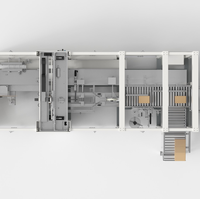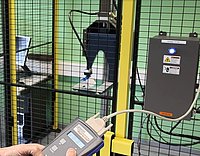It’s often the small things that make a big difference. This is particularly true in pharmaceutical production. For example, if a particle is discovered during the inspection of a liquid, whether in a syringe, ampoule, or another glass container, the inspection system has fractions of seconds to decide if the product is safe or not. “As a precautionary measure, such products are declared to be rejects even though they might actually be in flawless condition,” says Werner Halbinger, image-processing and laboratory engineer at the Inspections unit of Körber Business Area Pharma. This problem is prevalent in the biopharmaceutical industry. Why is that? The protein-based nature of these pharmaceuticals makes them prone to the creation of air bubbles, which many camera systems mistakenly consider to be dangerous glass particles resulting in the rejection of the product. Because such products cost up to €500 per unit to manufacture, such false interpretations can rapidly become very expensive. “A reliable inspection solution with a low false reject rate (FRR) thus helps companies save a lot of money,” says Halbinger. That’s why Halbinger and his team developed Bubble-X, a technology that reliably inspects sensitive liquids at high speeds commonly used in pharmaceutical production.












